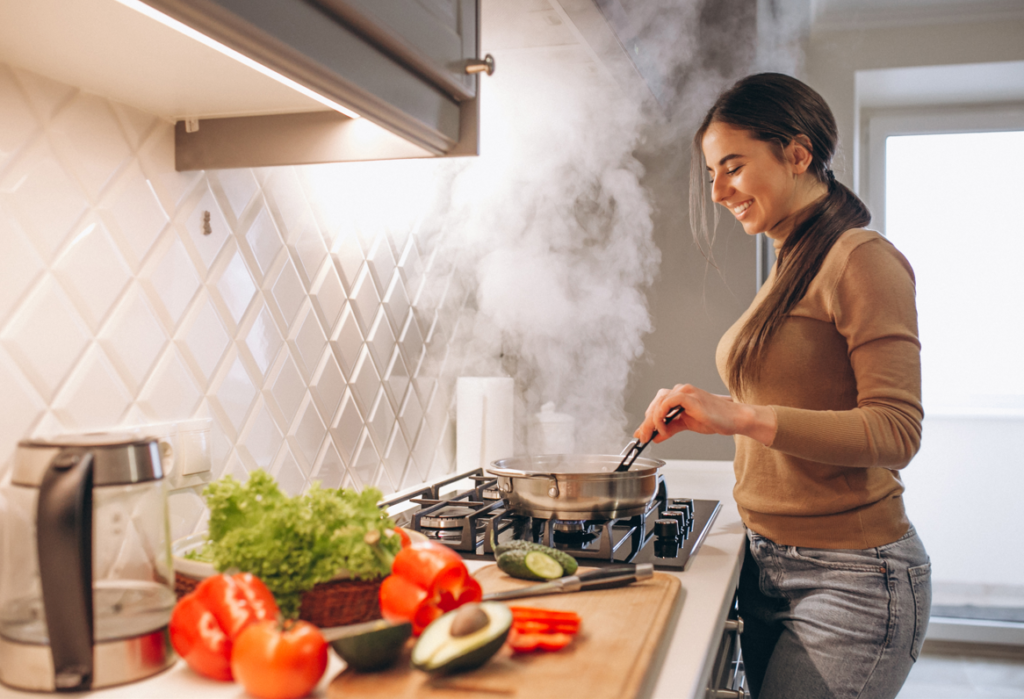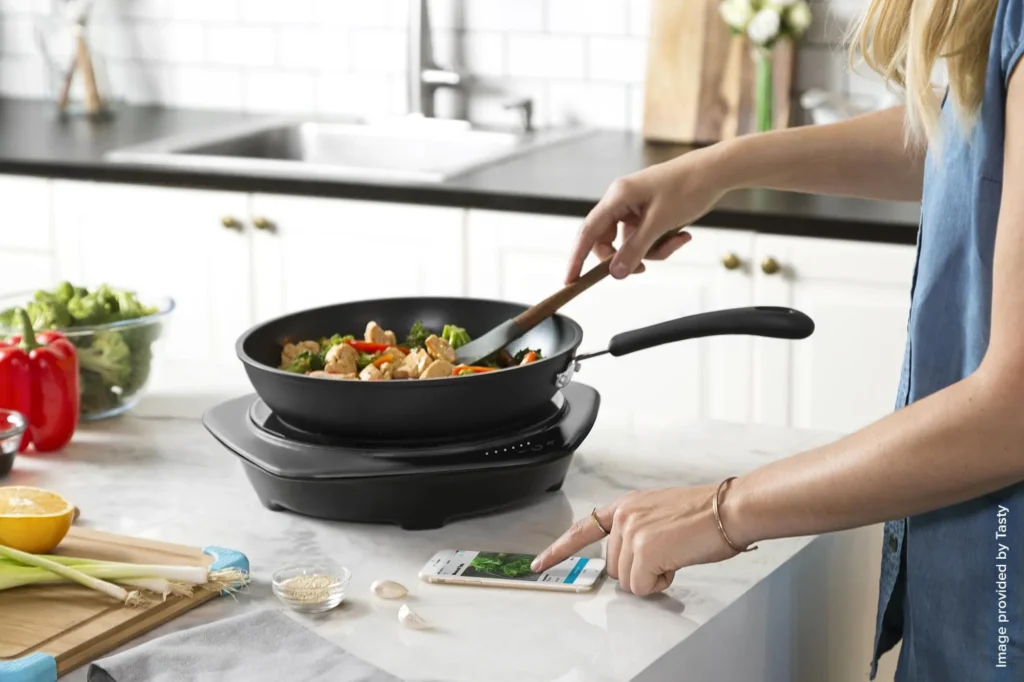Introduction
Cooking at home can be a fulfilling and enjoyable experience. Whether you’re a novice or a seasoned home cook, understanding and practicing kitchen and food safety is crucial. By following some simple guidelines, you can create delicious meals while ensuring the safety of yourself and your loved ones.
Importance of Kitchen and Food Safety
The kitchen is the heart of many homes, where families gather to share meals and create memories. However, it can also be a place where accidents happen if proper precautions aren’t taken. Food safety is equally important, as improper handling and storage of food can lead to illnesses. By implementing basic safety measures, you can minimize risks and make cooking a safer and more enjoyable activity.

Kitchen Safety Tips
1. Keep Your Kitchen Clean
A clean kitchen is essential for safe cooking. Regularly wipe down countertops, wash dishes promptly, and sweep or vacuum the floors to prevent slips and falls. Keep kitchen towels and sponges clean and replace them regularly to avoid bacterial growth.
2. Organize Your Workspace
Maintaining an organized kitchen not only makes cooking more efficient but also reduces the risk of accidents. Keep frequently used utensils and ingredients within easy reach, and store heavy or bulky items on lower shelves to prevent them from falling.
3. Use Kitchen Appliances Safely
Follow manufacturer instructions when using kitchen appliances such as blenders, food processors, and stovetops. Keep appliance cords away from hot surfaces, and unplug them when not in use. Ensure appliances are in good working condition and have them serviced regularly if needed.

Food Handling and Storage Tips
1. Wash Your Hands
Before handling food, always wash your hands thoroughly with soap and water for at least 20 seconds. This helps prevent the spread of bacteria and viruses that can cause foodborne illnesses.
2. Separate Raw and Cooked Foods
To avoid cross-contamination, keep raw meats, poultry, and seafood separate from cooked foods and ready-to-eat foods such as fruits and vegetables. Use separate cutting boards and utensils for raw and cooked foods, and wash them thoroughly between uses.
3. Cook Food to Safe Temperatures
Use a food thermometer to ensure that meat, poultry, seafood, and eggs are cooked to safe internal temperatures to kill harmful bacteria. Refer to a food temperature chart for guidance on safe cooking temperatures for different types of food.

Preventing Burns and Injuries
1. Handle Hot Items with Care
Use oven mitts or potholders when handling hot pots, pans, and baking dishes to prevent burns. Avoid wearing loose clothing that could catch fire, and keep children and pets away from the stove and other hot surfaces.
2. Use Caution with Knives
Always cut away from your body and keep your fingers away from the blade when using knives. Use a stable cutting board to prevent slipping, and store knives in a knife block or drawer with the blade facing down for safety.
3. Clean Up Spills Promptly
Spills on the kitchen floor can cause slips and falls. Clean up spills promptly using a mop or paper towels, and use caution when walking on wet or slippery surfaces.
Conclusion
By following these simple kitchen and food safety tips, you can create a safer cooking environment at home. Remember to always prioritize cleanliness, handle food with care, and use kitchen appliances and tools safely. By making safety a priority in the kitchen, you can enjoy cooking delicious meals while reducing the risk of accidents and foodborne illnesses. Happy cooking!